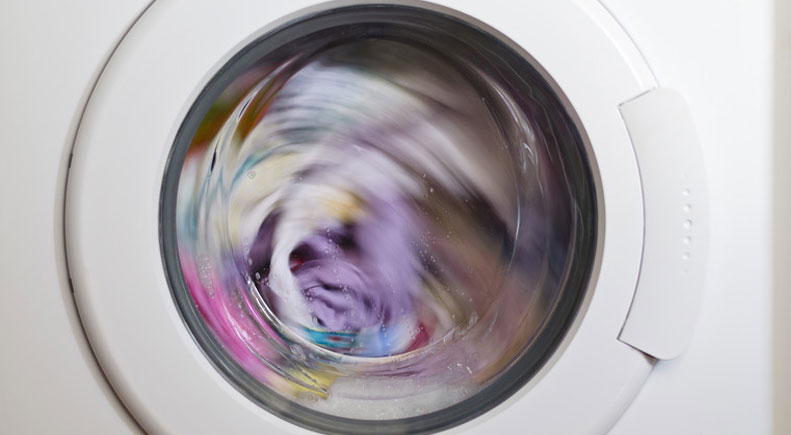
It is hard to accept if your washing machine does not rinse or spin. Clothes remain locked in the drum and in soapy water, and the scheduled wash must be stopped. Moreover, after that it is necessary to “stir up” the frozen machine, empty the tank and unload the clothes. But first you need to find out the reasons for the sudden failure of the washing machine to rinse and spin. Let us consider all possible problems and ways to solve them.
If the washing machine stops with a full tank, then you will not be able to ignore the freeze. It is necessary to check the machine for the functionality of the components and mechanisms responsible for rinsing and spinning. Ideally, you should call a specialist, but you can “discard” the typical causes of failure on your own. First, it is recommended to eliminate external factors that make it difficult to drain water from the washing machine.
The drain hose is “closed.” Often the machine is working properly, but the water cannot leave the tank due to a blocked drain. The drainage hose is bent or pinched - the corrugation has fallen under a machine gun or other heavy object. In this case, the pump, due to insufficient pressure, is not able to pump the liquid into the sewer.
The drain is clogged. Another option is that the drain hose, common riser, or siphon is clogged. As a rule, the blockage occurs in the drainage sleeve, which must be disconnected from the machine body, inspected, and washed.
Are the drains and hoses, ok? Then the problem with draining lies inside the machine - the system does not give or cannot execute the command to empty the tank. In any case, you will have to carry out a comprehensive diagnostic of the washing machine, checking each key drainage element for serviceability. Let us look at how and what to do point by point.
If your washing machine refuses to rinse and spin, it is not a reason to panic. The machine stops in the middle of a cycle with a drum full of soapy water quite often, and the problem is not always large-scale. Moreover, you can determine the nature of the problem and fix it yourself, without contacting service center.
If the washing machine does not switch to rinse and spin, then most often the problem is a blockage, a broken pump, a faulty pressure switch, or a failed module. Let us look at each problem in more detail.
As a rule, if the machine does not switch to rinsing and spinning, then you need to pay attention to the pressure switch and drainage system. You can cope with diagnostics and repairs at home, the main thing is to act consistently and carefully. All instructions are below.
First, it is recommended to check the drainage system for damage and blockages. But first, empty the tank through the waste filter hole. We proceed like this:
As soon as the washing machine tank is empty, the electronic door lock will be released - the user will be able to remove the laundry. Next, the drainage is diagnosed: the hole freed from the nozzle is inspected and, if necessary, cleaned. The filter itself is also washed in warm soapy water.
You can deal with the pump yourself. To begin with, the washer is lowered onto its left side and freed from the bottom, after which the pump is unhooked from the snail and inspected. If the problem is a clogged impeller, then it is enough to free its blades from debris. At the same time, neighboring elements are also washed.
If everything is visually “clean,” then we test the pump with a multimeter. A burnt-out pump will show “0” or “1”, and if there are problems with the control module, the tester will give a three-digit number. In the first case, a replacement with a similar device is indicated, in the second - a call for service.
In rare cases, rinsing and spinning do not work due to problems with the electronics. The integrity of the wiring is compromised, which leads to problems with the supply of voltage to devices and components. To restore the power supply, you will have to check the entire circuit running from the control board to the pump and pressure switch. The main thing is to first turn off the power to the equipment and act as carefully as possible.
It is worse if the control board is broken. It is strongly not recommended to repair and test the module yourself - without knowledge, experience and special equipment, you can aggravate the problem, even leading to death. It is better not to experiment, but to immediately contact the service for professional diagnostics.
Copyright © 2020 Coimbatore Service.